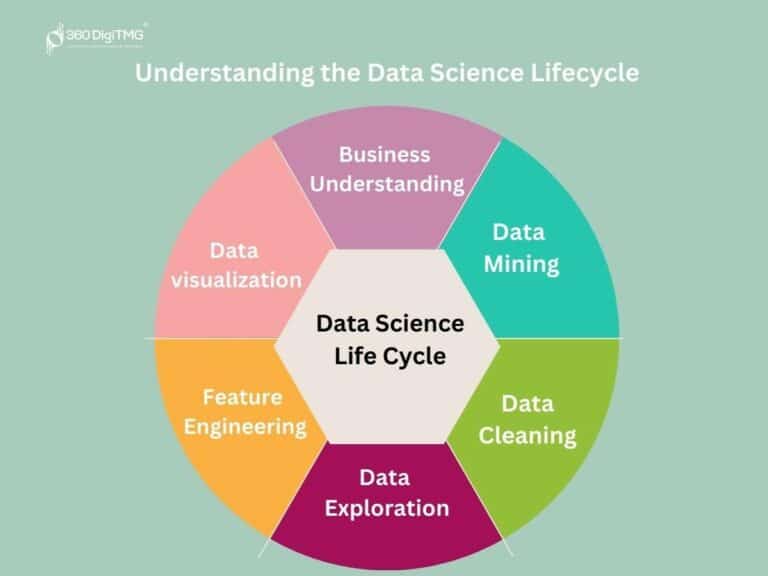Today, there is a wide variety of internet connections available for people to use. These include modems and cables running from your computer to the networks you connect to.
This blog post will discuss how data passes through the internet to reach your computer.
The main focus will be on the internet’s physical infrastructure and how data travels from one point to another. This infrastructure is part of an interconnected web of cables, switches, and other devices spread out all over the world, which constitutes what is popularly known as the internet.
The physical infrastructure is constantly changing as more content providers, and users connect to the internet.
Historically, the internet was divided into two large categories:
- Local area networks, LANs, would connect computers in close proximity and often used short-distance lines for physical connections.
- Wide area networks, WANs, could span across continents.
Since the LAN and WAN split, the internet has evolved to incorporate different technologies that have been developed.
However, most of the infrastructure still comprises much older WAN technologies, such as frame relay and X.25.
The entire process of data transmission starts with an ISP.
What Is ISP?
If you have ever wondered what is ISP, then know that it stands for Internet Service Provider. It’s the company that connects you to the internet at your home or workplace, such as AT&T or Vodafone. As long as you have an internet connection, you’ve got an ISP.
Your ISP is responsible for running all communication between you and the internet. This may involve a modem and cellulose data. A modem is a device that attaches to your computer and allows it to communicate with a particular network.
Another option would be a wireless router, a piece of hardware that allows you to connect devices in your home to the internet via a wireless connection.
Most recently, a lot of people have been choosing this option. You can also establish a wired connection between your computer and a router via an Ethernet cable.
Data signal first traverses each node on the internet, whether in the form of a transatlantic cable or an online connection provider. Information travels along with these connections until it reaches the final destination.
The first node in question is usually called a gateway, generally located at the end of the connection. This is the point where you connect to the internet.
If, for example, you have a mobile connection with a carrier like AT&T or Vodafone, your gateway is probably an antenna mounted on the roof of your house. It would then extend to a tower that connects to one of AT&T’s or Vodafone’s leading networks.
The next step is for your data to reach the computers and networks attached to AT&T or Vodafone’s network. This process starts with a router.
With some configuration, your router’s software connects your devices with their respective networks.
The setting up of the infrastructure is the responsibility of your ISP.
The Physical Infrastructure
The physical infrastructure is the part of the internet that ties everything together. It is composed of many different technologies chosen to provide a stable, fast, and efficient means of data transmission.
Data travels as electric impulses through various cables made up of copper or glass.
Each cable is capable of transmitting massive amounts of data. Fiber-optic cables carry data through strands of glass. Copper cables consist primarily of oxygen and copper, and they are highly conductive, although not as fast as fiber-optic cables.
When the signals reach a network switch, a rectangular box installed in buildings throughout cities, towns, and the countryside, they are converted into high-speed data signals and then sent over electrical lines. This occurs in the same way that electricity travels down wires in your home.
A network switch, also known as a WAN gateway, is a device that receives data from a fiber-optic cable and turns it into an electrical signal for distribution. And from there, the data travels through various other networks to get to its final destination, which in this case is your computer.
The physical infrastructure is always changing. Fiber-optic cables are preferred to copper cables nowadays, for example, in order to increase data transmission speeds.
These upgrades are necessary as the amount of data that needs to be transmitted increases over time.
Another reason why engineers prefer fiber-optic cables is that they are not affected by electromagnetic fields. Copper wire, on the other hand, does not have this characteristic.
In cases where electromagnetic interference is present, such as in an urban area, copper wire can lose signal quality.












